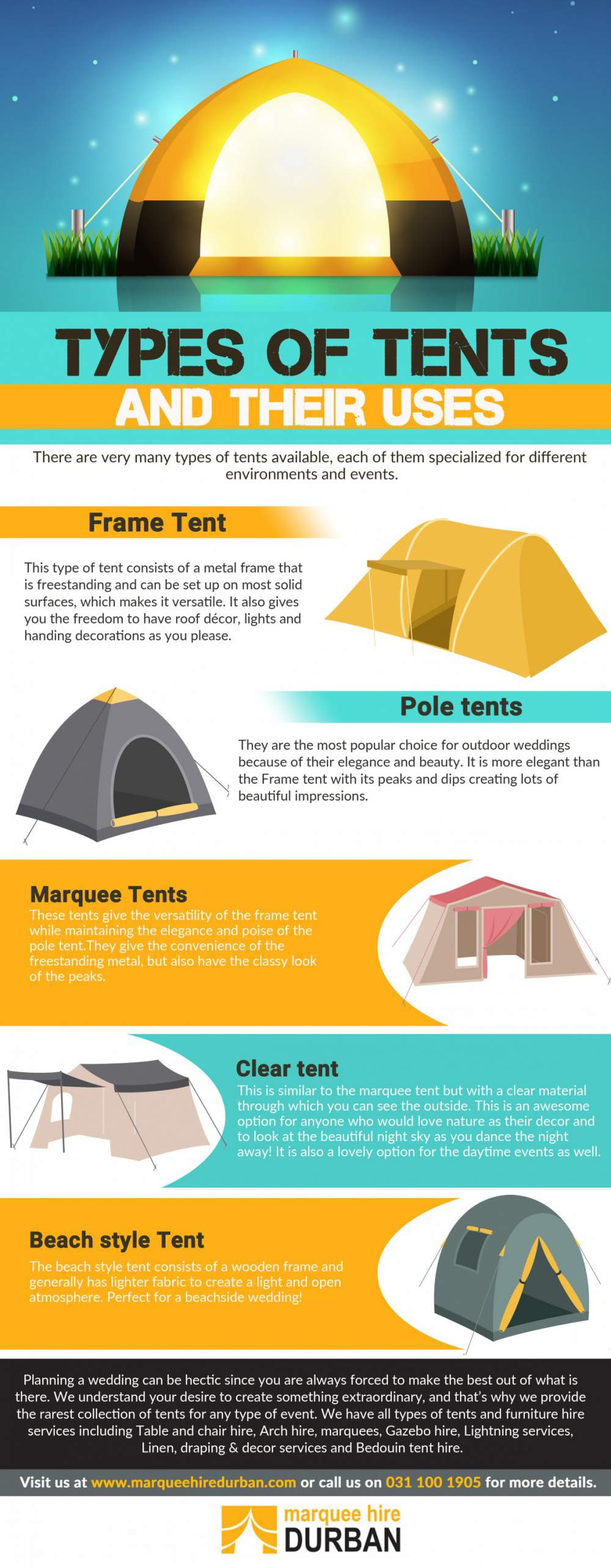Setting up a camping tent is an essential camping skill that you ought to grasp. It can conserve you time and stress at camp and additionally helps you get out there and enjoy your getaway faster.
Why does my tent get wet inside?
Mastering tent setup involves four key steps: practicing at home, choosing the best site, complying with pitching tips and using guylines.
Practice Makes Perfect
One of the worst things that can happen when camping is forgetting how to set up your tent. Knowing the process prior to you leave will certainly conserve energy and time, permitting your family members or team to reach the enjoyable of outside activities much sooner.
Practice setting up your tent at home to familiarize yourself with the process. It's additionally a great way to make sure you have all the equipment you require to pitch your outdoor tents, consisting of risks and an impact or rainfly.
When you're ready to camp, choose an area large enough to fit your outdoor tents and any other components of your camping site. Pick a degree area that drains well, and be mindful of where the sun will certainly climb and establish. If needed, eliminate rocks and big twigs that could jab with your camping tent floor. Many campers also set a ground tarpaulin to secure the bottom of their tent and add a layer of convenience in between them and the difficult surface below.
Pick the Right Website
Selecting the best campground is one of the most vital points you can do before setting up your tent. When checking a prospective site, search for an area that is level and reasonably rock-free. A level pitching spot will certainly aid stop rolling off the sleeping mat in your rest, while a ground without rocks and yearn needles is ideal.
Take into consideration distance to water and whether the area is protected from wind. The latter might be a worry during rainy periods when flooding is feasible. Additionally, the tent needs to be a risk-free distance from any water resources to prevent environmental influence and secure animal environments.
If you're camping at tent heater a spread campground, remember that it's normally unlawful to establish camp within 200 feet of a route or body of water, and it's finest not to crowd other existing websites. This is a great way to make sure that campers have a comfortable experience along with lessen the impact on the natural environment.
Adhere To Pitching Tips
Whether you're a newbie at pitching or it's been some time since your last outdoor camping trip, adhere to these ideas to make setting up your outdoor tents simpler and more efficient. Pre-trip preparation is necessary, including exercising camping tent setup and making certain that you've loaded all the required equipment. Camping area selection is additionally key to decreasing environmental influence and making best use of weather defense.
Select a level site on sturdy ground that's without significant bumps and extreme particles. Guarantee that the area is big enough to fit your tent and any other elements of camp, such as a fire pit. Survey the website to guarantee it has wind security, is sheltered from prevailing winds and has enough depth for strong stake placement.
Put your camping tent posts very carefully to avoid missing an opening, slot or hook. The outcome could be a collapsed camping tent body, the outdoor camping equivalent of your trousers falling down. It's likewise important to verify your guylines, which are made use of to assist your outdoor tents stand up against high wind rates.
Use Guylines
Individual lines, additionally called person ropes, are necessary for camping tents and tarpaulins. They support and secure a camping tent, particularly in gusty or wet problems. Without them, your shelter can blow away or collapse.
They aid prevent leaks by maintaining the tent's rainfly different from the tent wall surfaces. This splitting up also boosts airflow within the camping tent and lowers condensation, which causes a drier camping experience.
How do you care for a canvas tent?
To make use of a person line, locate the outdoor tents's "man out" loops and affix the end of the cable to them using a safe knot. Then, make use of the other end to link to an anchor, such as a camping tent risk or rock. While camping tent risks are the favored supports, specific ground conditions may call for alternate approaches like weighted rocks or logs. After that, tension and regularly adjust the person line as needed. By complying with the advised guidelines for your outdoor tents's man lines, you can feel confident that it will stay in area, even throughout a storm.
